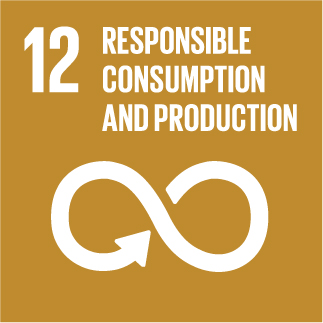Integrated manufacturing of REciclable multi-material COmposites for the TRANSport sector
Regulating Polymeric Adsorption Dynamics via Monolayer?Architected Hydrotalcite Integration for High?Performance Organic Solar Cells
A molecular aggregation control strategy utilizing a 2D atomic crystal, hydrotalcite, regulates polymeric adsorption dynamics of donor polymers, achieving an overall efficiency of 20.63%.In organic solar cells (OSCs), the molecular aggregation property of donor–acceptor bulk heterojunction (BHJ) architectures serves as a critical determinant in device performance. Nevertheless, the intrinsic steric constraints imposed by polymeric side chains frequently lead to metastable molecular packing configurations with diminished structural coherence. In this study, a morphological modulation strategy is proposed by adopting a 2D layered hydrotalcite (HDC) nanocrystal to regulate polymeric adsorption dynamics. By leveraging hydroxyl?directed interfacial coordination to HDC matrices, the nanocrystal?integrated BHJ systems manifest a pronounced donor?phase H?aggregation, synergistically coupled with reduced ??orbital overlap distances and enhanced long?range crystalline ordering. These nanoscale structural advancements collectively engender superior charge transfer kinetics with reduced activation energy barriers and improved charge carrier transport properties. The HDC nanocrystal?blended devices not only achieve a top?notch power conversion efficiency (PCE) of 20.63%, but also shows its applicability across various donor – acceptor BHJ systems. This work develops a crystal?engineering strategy that concurrently optimizes nanoscale morphology and charge transport networks in OSCs, yielding state?of?the?art device performance through synergistic structural?electronic modulation.

» Publication Date: 02/07/2025

This project has received funding from the European Union's Horizon 2020 research and innovation programme under grant agreement Nº 768737


